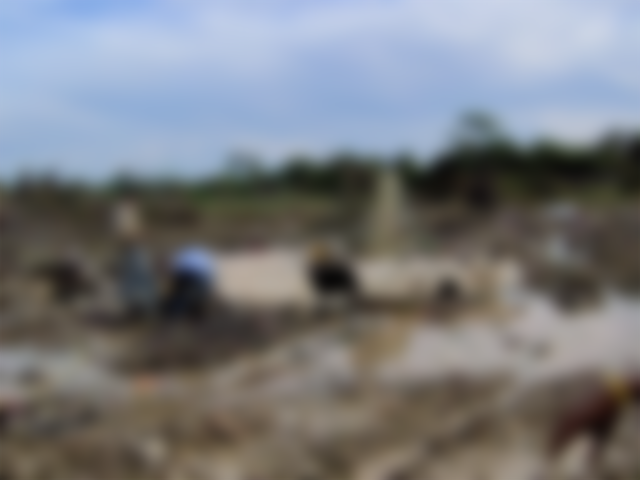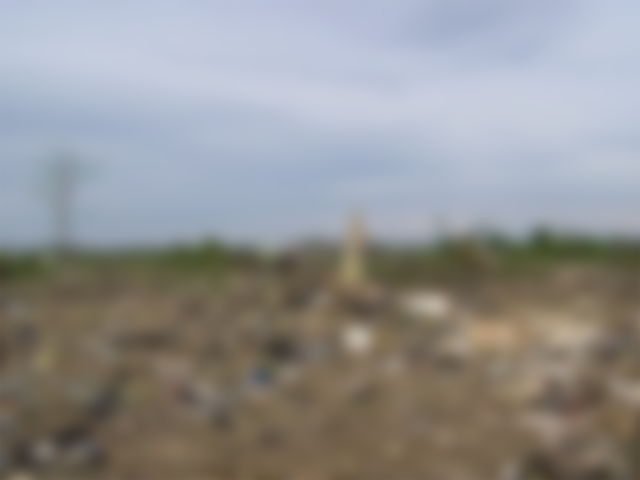Remembering West Caribbean 708 Plane Crash - Unreleased Pics

West Caribbean Airways flight 708 was a contracted or charter flight that had the misfortune of crashing into the Sierra de Perijá, in Zulia State in Venezuela and killing all 152 passengers and eight crew members. The events occurred in the early hours of Tuesday, August 16, 2005. The aircraft was a McDonnell Douglas MD-82 with initials HK-4374X, it covered the Panama City-Martinique route.

The aircraft was flying at 33,000 feet, the aircraft's speed gradually decreased until it entered a stall. The pilots believed that the plane had lost both engines due to mechanical failure, which was a fatal mistake since they would not follow the parameter of emergency measures corresponding to the requirement of the case, which is why the plane would be completely stalled and without strength to move forward and was left without lift. After falling about 7,000 feet per minute with the engines at rest, the plane crashed in a mountainous region in northwestern Venezuela, in a cattle ranch near Machiques in the western state of Zulia (about 30 kilometers from the border with Colombia).

The great majority of the passengers were French, punctually from Martinique; and they were happy tourists who would only return home after a short vacation in Panama. The pilots were Colombian.

With 160 deaths, it is the worst air accident in the history of Venezuela as well as the one with the highest number of victims in 2005. The deadliest involving a McDonnell Douglas MD-82 and the third in the entire history of the McDonnell Douglas MD-80 after Inex-Adria Aviopromet Flight 1308 and Dana Air Flight 992. The accident was the most serious in August 2005, a dark month for commercial aviation, which also included the tragedies of Helios Airways Flight 522 and TANS Peru Flight 204, among others.
It was the most serious air disaster of 2005.
Accident


Flight 708 took off from Tocumen International Airport, Panama at 00:58 local time (05:58 GMT). It initially climbed to flight level (FL) 31,000, and then to FL 330. The aircraft reached FL 330 (nominally 33,000 feet) at 06:44. Five minutes later, the aircraft crew activated the anti-ice system (it had been turned off during the initial climb). The system uses the energy of the motors, thus reducing their maximum performance. With the anti-icing system turned off, the maximum altitude the aircraft could maintain without stalling would be 33,000 feet (10,058 meters).

However, due to the poor weather conditions that Flight 708 encountered at high altitude, the pilots turned on the anti-icing system on the engines. This system uses energy from the engines themselves, so when it works, it decreases the total output of the power plants. The maximum height the aircraft could maintain was then reduced to just 31,900 feet (9,723.10 meters).

The captain notes the reduction in engine power, but did not realize the source of the problem. Therefore, he began a rapid descent as a precautionary measure. By this time, the airspeed was already close to stall speed, and the autopilot had maintained a nose-up attitude to maintain a constant height. It was then that the plane was hit by a sudden updraft that caused it to stall. Although on the black box the first officer can be heard warning of the stall and tried twice to communicate this to the captain, he was confused by the unusual behavior of the engines, due to the anti-icing system and probably the airflow interruption caused by the updraft.

The captain thought he had a double engine failure, the first officer communicated with the controller on the ground but he was unable to understand the situation. The crew mishandled the situation by keeping the nose of the plane pointed up, which further slows down and deepens the drop. Ultimately, Flight 708 crashed into a field at a steep angle and exploding due to the force of the impact.

Research
On November 22, 2005, the Venezuelan Air Accident Investigation Committee (CIAA) released a report2 of the facts of the plane crash. From this report the hypothesis emerges that an ice formation on the wings, due to the difficult weather conditions, was the cause of the accident.

According to the report, analysis of the voice recorder revealed that the crew discussed weather conditions, including the possibility of icing, and repeatedly requested and executed descents in hopes of finding areas of better conditions. The report also revealed that the engines were running at the time of impact, as the rotors were spinning at high speeds, and that the impact pattern suggests that the nose of the aircraft was up, which is consistent with the theory that the ice finally caused the accident.










